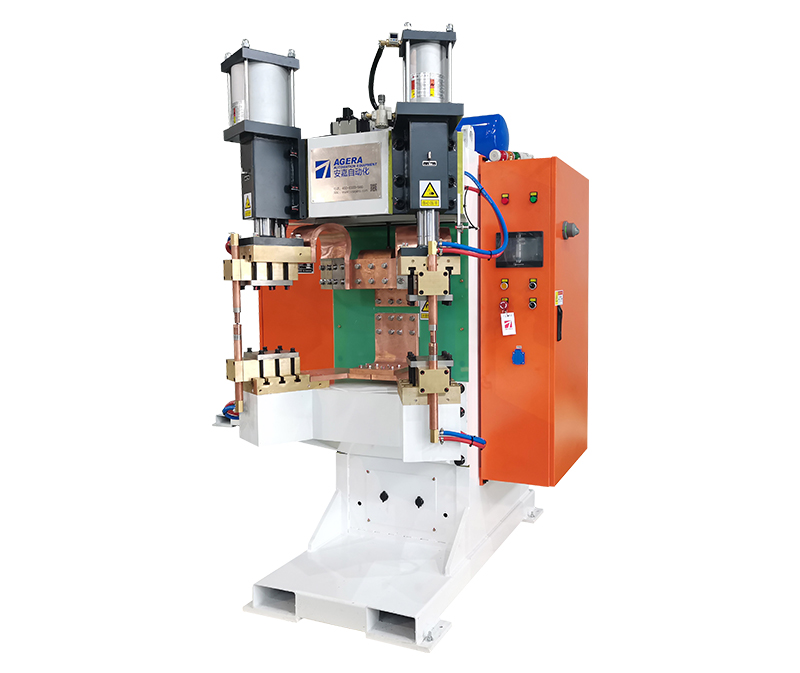Nut spot welding machines are commonly used in various industries for securely fastening nuts in place. However, one common issue that arises during this process is the nuts easily becoming dislodged. In this article, we will explore some effective strategies to prevent nut dislodgment and ensure a reliable welding process.
- Proper Surface Preparation: The first step in preventing nut dislodgment is ensuring that the surfaces to be welded are clean and free from contaminants. This includes removing any oil, grease, or dirt that may interfere with the welding process. Properly prepared surfaces provide a better bond between the nut and the workpiece.
- Optimal Welding Parameters: It’s essential to set the welding parameters correctly. This includes adjusting the welding current, time, and pressure to the specifications of the materials being used. An incorrect parameter setting can result in weak welds that are more likely to fail.
- Use of Fixtures and Jigs: Utilizing fixtures and jigs can help keep the nut in place during the welding process. These tools help ensure that the nut is held securely in the desired position, reducing the chances of it shifting or becoming dislodged.
- Select the Right Welding Method: Different welding methods, such as resistance spot welding and projection welding, offer various advantages. Consider the specific requirements of your application and select the welding method that provides the most secure and reliable nut attachment.
- Material Compatibility: Ensure that the nut material is compatible with the base material. Using materials that have similar melting points and characteristics can improve the quality of the weld and reduce the risk of nut dislodgment.
- Proper Electrode Design: The design of the welding electrode is critical. A well-designed electrode can help distribute the welding force evenly, ensuring a strong and secure bond between the nut and the workpiece. It’s essential to regularly inspect and maintain electrodes to prevent wear and tear.
- Quality Control and Inspection: Implement a robust quality control process. Regularly inspect the welded nuts to check for any signs of dislodgment or weak welds. Address any issues promptly to prevent them from affecting the final product.
- Operator Training: Proper training of machine operators is crucial. Operators should be familiar with the equipment, materials, and welding processes. Well-trained operators are more likely to produce high-quality welds that are less prone to nut dislodgment.
In conclusion, preventing nut dislodgment during nut spot welding requires a combination of proper preparation, optimal parameters, the right tools, and a commitment to quality control. By implementing these strategies, you can ensure that your nut welding process is reliable and efficient, reducing the risk of dislodged nuts and improving the overall quality of your products.
Post time: Oct-20-2023



